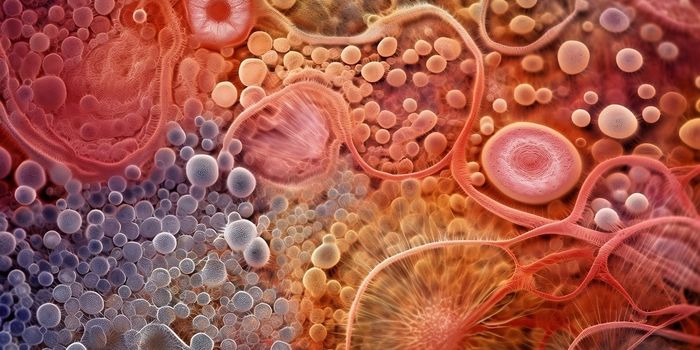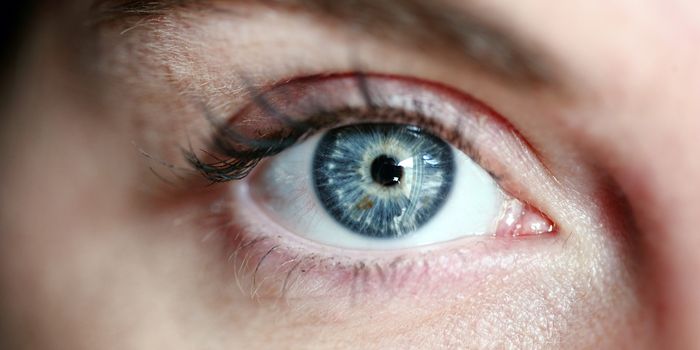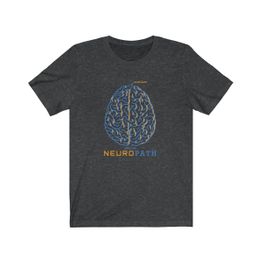Neurons That Keep us Awake During the Day are Destroyed by Alzheimer's
Alzheimer’s disease is a devastating degenerative disorder thought to affect around 5.5 million Americans, most of whom are over the age of 65. It is the sixth leading cause of death in the US and may rank higher. Scientists are trying to find ways to diagnose it before the onset of memory problems and develop better treatments for the disease, which is described in the video.
There is a growing body of evidence linking Alzheimer’s disease and sleep. A study from June by researchers at the University of California Berkeley showed that when sleep quality declines in people in their 50s and 60s, they are at a higher risk of developing Alzheimer’s later in life. Another report from earlier this year linked sleep apnea and Alzheimer’s disease. In both cases, the culprit seemed to be a buildup of tau proteins in the brain, which is known to be one hallmark of Alzheimer’s disease.
Now a study in Alzheimer's and Dementia by scientists at the University of California San Francisco has suggested that excessive daytime napping is an early sign of the disorder that might arise long before memory problems do. People are not napping during the day to make up for their loss of sleep last night as was thought, the researchers suggested. Instead, the disease is impacting the parts of the brain that promote daytime wakefulness; the neurodegeneration that Alzheimer’s causes affects these areas first. Long daytime naps, especially if they happen when a person is not having trouble sleeping at night, may indicate that Alzheimer’s is developing.
In this work, the researchers assessed the brains of thirteen deceased Alzheimer's patients and seven healthy controls and found a significant accumulation of tau protein in three centers of wakefulness in the brain in the Alzheimer's patients. As much as 75 percent of the neurons in these areas (the locus coeruleus (LC), lateral hypothalamic area (LHA), and tuberomammillary nucleus (TMN)) were lost.
"It's remarkable because it's not just a single brain nucleus that's degenerating, but the whole wakefulness-promoting network," said the lead study author Jun Oh, a Grinberg lab research associate. "Crucially this means that the brain has no way to compensate because all of these functionally related cell types are being destroyed at the same time."
This report also shows that tau is more directly responsible for Alzheimer’s symptoms than another commonly studied Alzheimer’s-associated protein called amyloid.
"Our work shows definitive evidence that the brain areas promoting wakefulness degenerate due to accumulation of tau, not amyloid protein, from the very earliest stages of the disease," said the senior author of the study Lea T. Grinberg, MD, PhD, an associate professor of neurology and pathology at the UCSF Memory and Aging Center and a member of the Global Brain Health Institute and UCSF Weill Institute for Neurosciences.
After looking at the same wakefulness centers in patients with other types of neurodegenerative dementia, the scientists found that the wakefulness neurons weren’t impacted like they were in Alzheimer's disease brains.
"It seems that the wakefulness-promoting network is particularly vulnerable in Alzheimer's disease," Oh said. "Understanding why this is the case is something we need to follow up in future research."
This study confirms an earlier investigation by the Grinberg group demonstrating that when people carry elevated tau levels in their brain, they have symptoms that mimic early-stage Alzheimer's disease, like anxiety, depression, and sleep disturbances.
"This research adds to a growing body of work showing that tau burden is likely a direct driver of cognitive decline," Grinberg added. Researchers can also try to focus on targeting tau in the development of new therapeutics.
-
MAY 07, 2024Is It Anti-RNP or Anti-Sm/RNP?
- See More
-
APR 30, 2024Immuno-Oncology Virtual Event Series 2024
-
MAY 07, 20243rd International Biosecurity Virtual Symposium
-
JUN 06, 2024The Future of Scientific Conferencing
- See More


















































